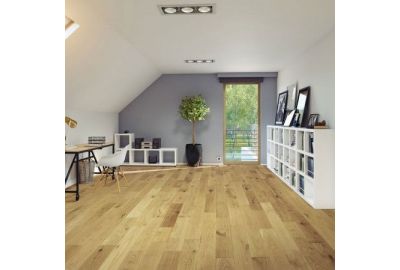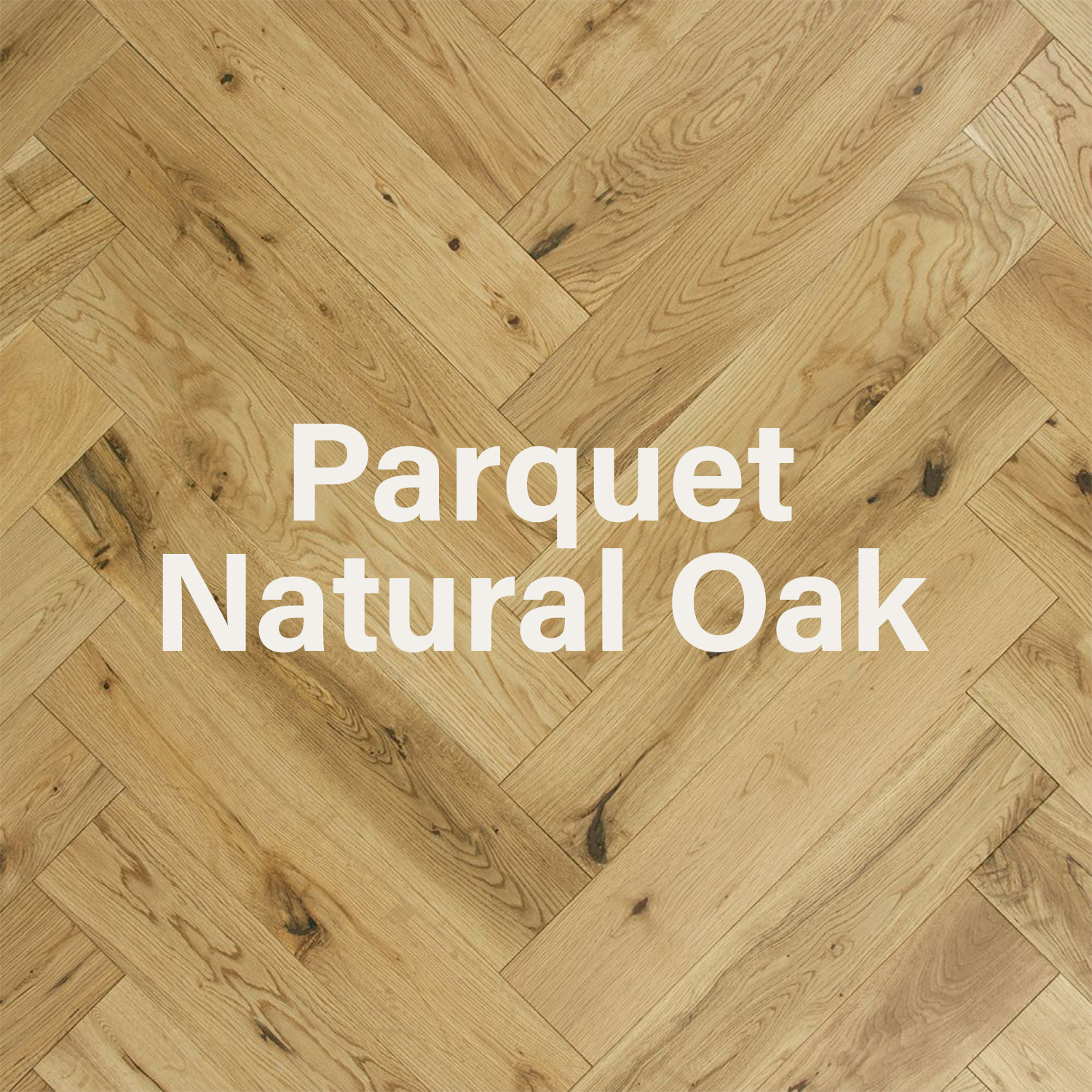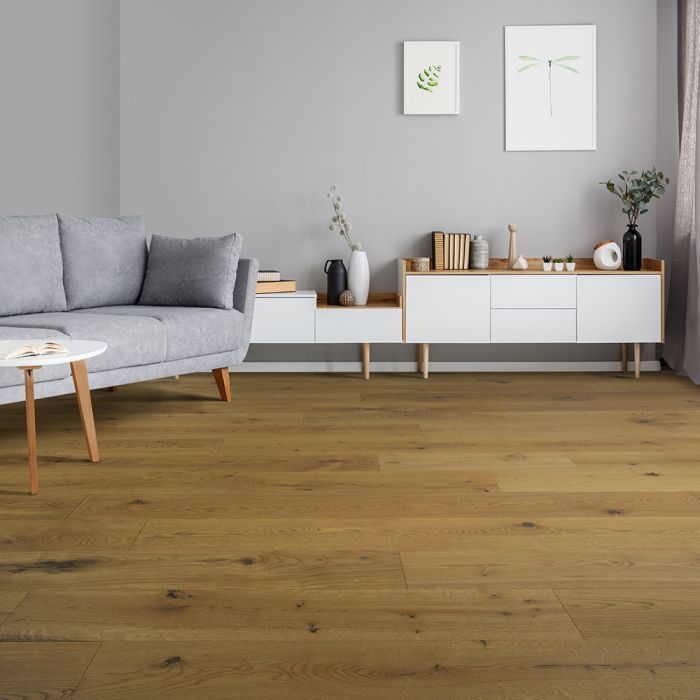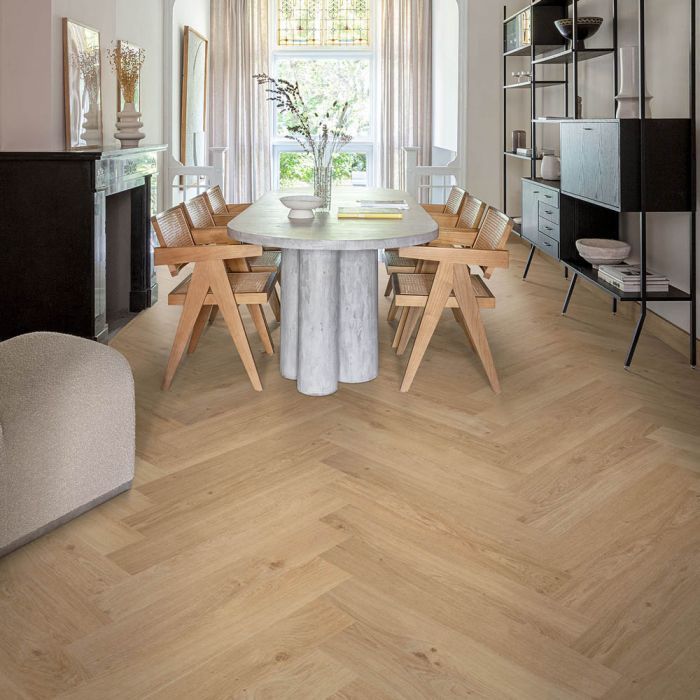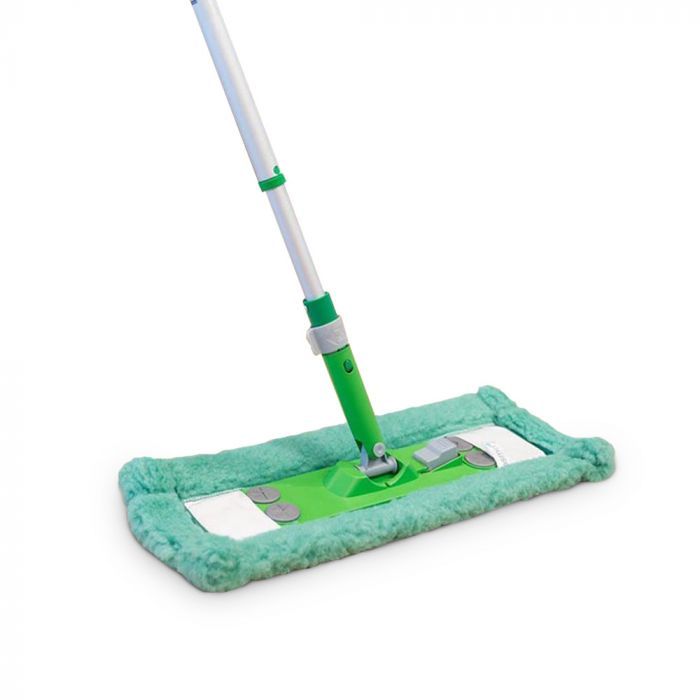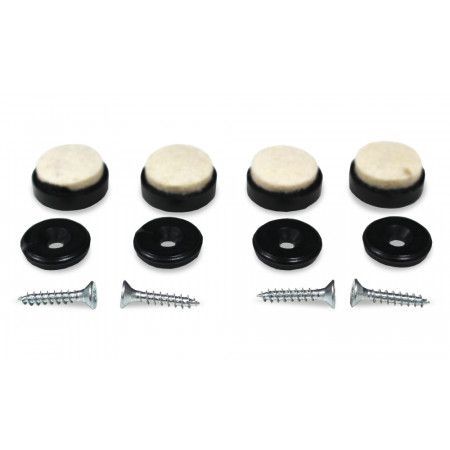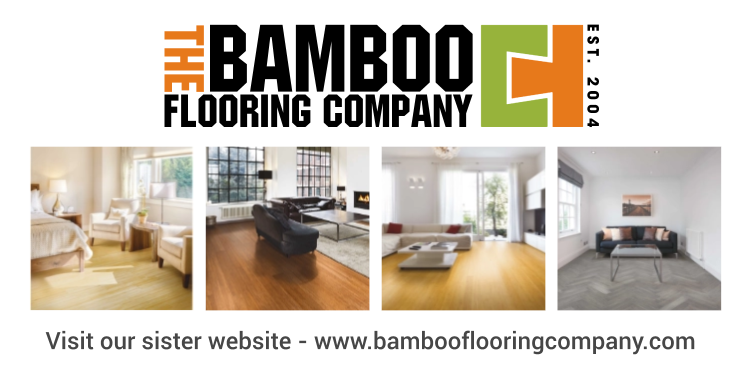What is wood flooring?
Wood flooring is a plank or block of flooring that has been made out of real hardwood. You can find many different types of wood flooring, including different species of wood, fitting types, plank sizes and flooring structures. Wood flooring can sometimes be confused with laminate flooring. Laminate flooring actually contains no real wood and is a synthetic floor covering, rather than natural hardwood. Real wood flooring will either be made from a solid piece of wood or have a real wood top layer with a plywood base. This essential guide to wood flooring will help you to understand everything you need to know before choosing your wood flooring.
Guide to wood flooring structures
There are two main structures of wood flooring: solid wood flooring and engineered wood flooring.
Solid wood flooring has been made from one solid piece of wood, taken from a tree and machined into a plank of flooring. It is often more expensive because of the amount of hardwood used. It is also not as versatile as engineered wood flooring. Solid wood flooring must be fixed down during installation, cannot be laid over an underlay and cannot be used with underfloor heating.
Engineered wood flooring has been made from a top layer of real hardwood and base layers of plywood. The structure of engineered hardwood flooring means that it is more stable and versatile than solid wood. Engineered flooring can either be fixed down or floated over an underlay. It can used with underfloor heating and in rooms like conservatories, where the temperate and humidity fluctuates.Once they have been installed, you would not be able to tell the difference between solid or engineered wood flooring. They both look the same from the surface.
Guide to wood flooring profile types
The profile type of wood flooring is how the plank looks from the side. There are two main profile types: Tongue and groove wood flooring and click fitting wood flooring. These help to determine how the wood flooring will be fitted.
Tongue and groove hardwood flooring is the more traditional way of installing wooden flooring. Each plank of flooring has a long and a short edge with a tongue sticking out and a long and a short edge with a groove sticking inwards. These tongues and grooves have been designed to fit tightly together to provide a secure and seamless fit. Planks of tongue and groove wooden flooring can either be glued down, secretly nailed, or floated over an underlay. This will depend upon the type of subfloor you have and whether you have chosen solid or engineered flooring.
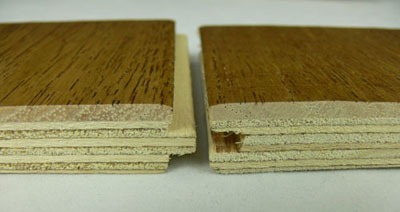
Click fitting hardwood flooring is easier to install. The edges of the planks of flooring simply click and lock into place without the need for glue, nails or screws. The click system is very accurate and gives a tight and secure fit. Click flooring is usually floated over an underlay but can also be fixed into position with flexible flooring adhesive.
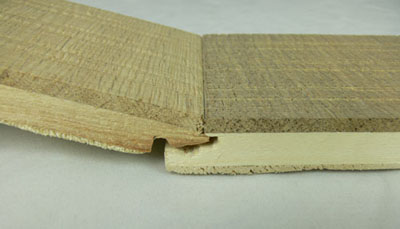
Guide to wood flooring species
When you are choosing your wooden flooring, the species of wood may be one of the most important decisions. The wood species determines how the flooring looks and how durable the floor will be. Different species of wood have different colours, grain patterns and hardnesses.
Oak is one of the most popular species of wood flooring. It is pale in colour with a distinctive grain pattern. Oak is reasonably hard, which is another reason why it is popular. Another well loved flooring species is
Walnut. It is a much darker wood with rich brown tones and characteristic knots. Walnut is unfortunately a softer wood than Oak, so can have a tendency to become marked and dented more easily. If you want to know more about the hardness of any species of wood, you might be interested in the Janka Hardness Scale. You may also want to think about your budget. Some species of wood are much costlier than others. This usually depends how widespread or rare the species is. There are many species of wood to choose from so be sure to think about how you want the floor to look, how busy the room is going to be and what budget you have. [
Guide to wood flooring finishes
The wood flooring finish determines how the surface of the floor will look.
An unfinished hardwood floor is the raw wood without any protective layers added to the surface. It must be sealed and protected as soon as it has been installed to protect it from damage. Choosing an unfinished floor gives you the chance to pick your own colour stain and finish. This can be useful if you are looking for something unique or trying to match an existing colour scheme.
The alternative to an unfinished wooden floor is a pre-finished wooden floor where the planks of flooring have already had any stains and protective layers added. It is ready to walk on as soon as it has been installed. There are many different types of finishes to choose from:
Oiled wood flooring protects the surface of the floor but keeps the natural beauty of the wood. The oil gives a natural matt finish to the floor.
Brushed and oiled wood flooring means that the surface of the flooring has been lightly brushed to expose the natural qualities of the wood. A matt oil is then added to protect the surface.
Lacquered wood flooring can either have a matt finish or a satin matt finish. The lacquer adds strength and protection to the surface of the floor.
Hand scraped wood flooring has been scraped by hand to add extra charm and definition to the grain pattern. The surface is then protected by layers of lacquer.
Distressed wood flooring has been aged by giving it a worn and distressed appearance. Protective layers of oil or lacquer are then added to seal the surface.
You will also find hardwood floors with different colour stains, from dark brown through to pale grey and white. The choices of colour and finish are endless.
Guide to wood flooring plank sizes
You will find hardwood flooring in a wide range of different plank sizes. The main two distinctions are either a wooden floor plank, or a parquet block.
Plank wooden flooring is the most popular type of hardwood flooring. The planks can be found in different lengths, widths and thicknesses. Solid wood flooring usually has random length planks. Engineered wood flooring is much more versatile and you can choose different plank lengths and you can find a range of widths from really think through to extra wide. When choosing your plank size you should have a think about the area the floor is going into. Wider planks look great in a large open space, whereas narrow planks can make complement a smaller room.
Parquet block wooden flooring is a smaller, fixed size block of flooring. This is used to create geometric patterns. The main types of patterns that can be created are herringbone, chevron or basket weave. Parquet blocks are perfect if you are looking for a statement flooring or something more unusual.
Guide to wood flooring installation
Installing wood flooring depends upon the type of wood flooring you choose and the subfloor you have in your property. The two mains ways to install wooden flooring are either floating it over an underlay or fixing the floor into position. One of the most important part of installing any type of wooden floor is to make sure your subfloor is properly prepared. It should be flat, level and dry. Have a look at our guide on how to prepare a subfloor. For more advice and guidance about fitting a hardwood floor, have a look at our Installation and Fitting Guide.
Guide to wood flooring care and maintenance
Once your new wooden flooring has been installed you will be keen to keep it looking fresh for as long as possible. Here are some cleaning and maintenance tips:
• Sweep your floor regularly with a soft brush
• Clean your floor regularly with a wooden floor cleaning spray and microfibre mop
• Take off your shoes before walking on your wooden floor
• Wipe up any spills straight away
• Protect your floor from scratches by using felt protector pads on the bottom of furniture
• For more detailed advice have a look at our Wood Floor Maintenance and Care Guide.
Why choose hardwood flooring?
Hardwood flooring is an amazing choice for any size or style of home. It will add beauty and elegance to any space. It is a great alternative to other types of flooring such as carpet, laminate or tiles. Hardwood flooring is hardwearing and durable and can last a lifetime if looked after properly.

